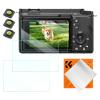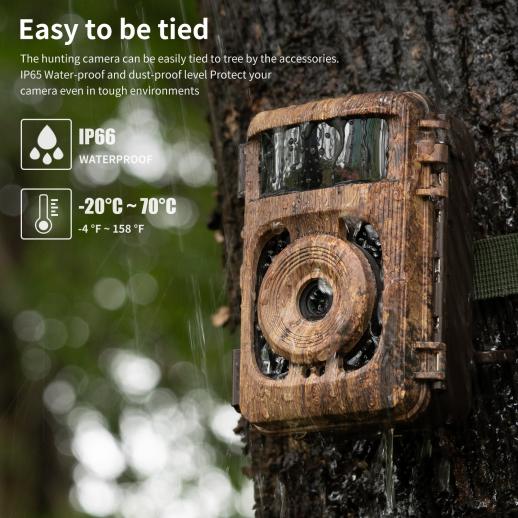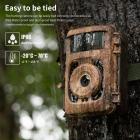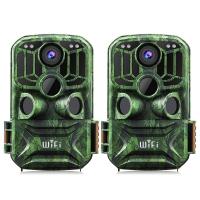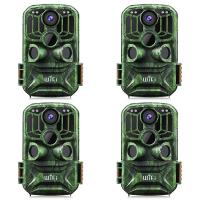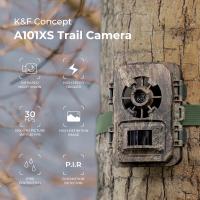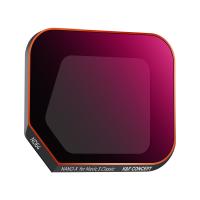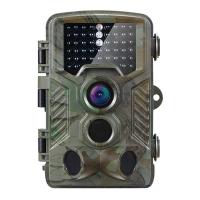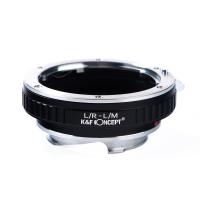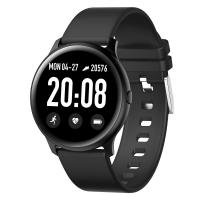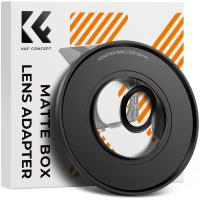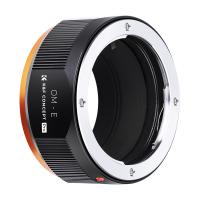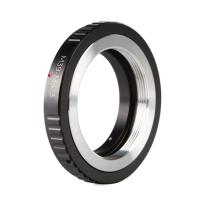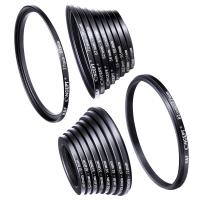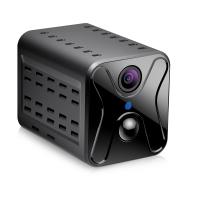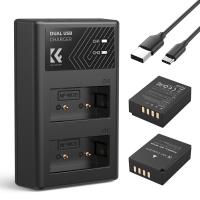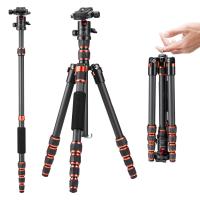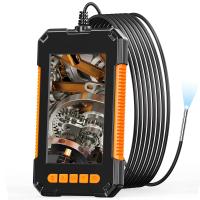Remote Access Trail Camera
- 00 days
- :
- 01 hours
- :
- 19 min
- :
- 35 sec
- * KF35.133 =KF35.127S1=KF35.127V1+KF28.0011*2+KF42.0013 Remote access allows for easy monitoring and control:With remote access, you can easily monitor and control the trail camera from your smartphone or computer, making it convenient to use.
- * High-quality lens captures clear images:The f=4.0mm F/NO=2.0 FOV=90° lens ensures that the camera captures high-quality images with a wide field of view.
- * Automatic infrared filter unit for clear night shots:The fully automatic infrared filter unit ensures that the camera captures clear night shots without any blurring or distortion.
- * Multiple consecutive shots for better coverage:The camera can take 1, 2, 3, or 10 consecutive shots, ensuring that you capture all the action and don't miss anything.
- * Long-range thermal IR sensitivity for better detection:With a range of 65ft/20m, the camera can detect even the slightest movements, ensuring that you don't miss any important events.
A remote access trail camera is a type of camera that is designed to be used in outdoor environments, particularly for wildlife observation and monitoring. These cameras are equipped with features that allow them to be accessed remotely, such as through a mobile app or web portal. This means that users can view live or recorded footage from the camera without having to physically be at the camera's location. Remote access trail cameras are often used by hunters, researchers, and wildlife enthusiasts to monitor animal behavior, track migration patterns, and gather data on animal populations. Some of the key features of remote access trail cameras include high-resolution image and video capture, motion detection, night vision, and weather-resistant construction. These cameras are typically powered by batteries or solar panels, and can be set up in a variety of locations, such as on trees, posts, or other structures. Overall, remote access trail cameras are a valuable tool for anyone interested in observing and studying wildlife in their natural habitats.
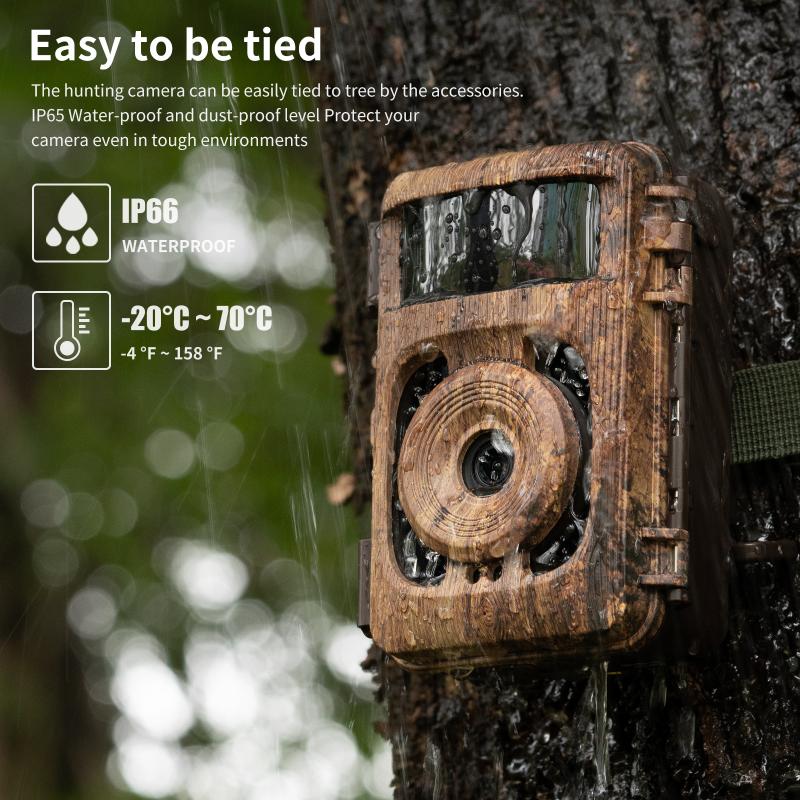
Related accessories:
1. Wireless Remote Control: A wireless remote control is an essential accessory for a remote access trail camera. It allows you to control the camera from a distance, making it easier to capture images and videos without disturbing the wildlife. With a wireless remote control, you can adjust the camera settings, take photos, and start or stop video recording without having to physically touch the camera.
2. Solar Panel: A solar panel is a great accessory for a remote access trail camera, especially if you plan to leave the camera in the field for an extended period. A solar panel can keep the camera's battery charged, ensuring that it remains operational even in areas with limited sunlight. This accessory is particularly useful for wildlife researchers who need to monitor animal behavior over an extended period.
3. Security Box: A security box is an essential accessory for a remote access trail camera, as it protects the camera from theft and damage. A security box is typically made of heavy-duty steel and is designed to fit the camera snugly. It also has a locking mechanism that prevents unauthorized access to the camera. This accessory is particularly useful for hunters who leave their cameras in the field for extended periods.
4. SD Card Reader: An SD card reader is a useful accessory for a remote access trail camera, as it allows you to quickly and easily transfer images and videos from the camera to your computer or other devices. With an SD card reader, you can view and edit your photos and videos on a larger screen, making it easier to analyze and share your findings. This accessory is particularly useful for wildlife researchers who need to analyze large amounts of data.

Product features:
1. Wireless Connectivity: A remote access trail camera should have wireless connectivity options such as Wi-Fi or Bluetooth to enable remote access and control. This feature allows users to access the camera's footage and settings from their smartphones or computers, making it easier to monitor and manage the camera from a distance.
2. High-Quality Images and Videos: The camera should have high-quality image and video capabilities to capture clear and detailed footage of wildlife and other outdoor activities. A high-resolution camera with a wide-angle lens and night vision capabilities is ideal for capturing clear images and videos in low-light conditions.
3. Motion Detection: The camera should have motion detection capabilities to trigger recording when it detects movement in its field of view. This feature helps to conserve battery life and storage space by only recording when there is activity in the camera's vicinity.
4. Weatherproof Design: A remote access trail camera should have a weatherproof design to withstand harsh outdoor conditions. The camera should be able to withstand rain, snow, and extreme temperatures to ensure reliable performance in any weather.
5. Long Battery Life: The camera should have a long battery life to ensure it can operate for extended periods without needing to be recharged or have its batteries replaced. A camera with a long battery life is ideal for remote locations where access to power sources may be limited.
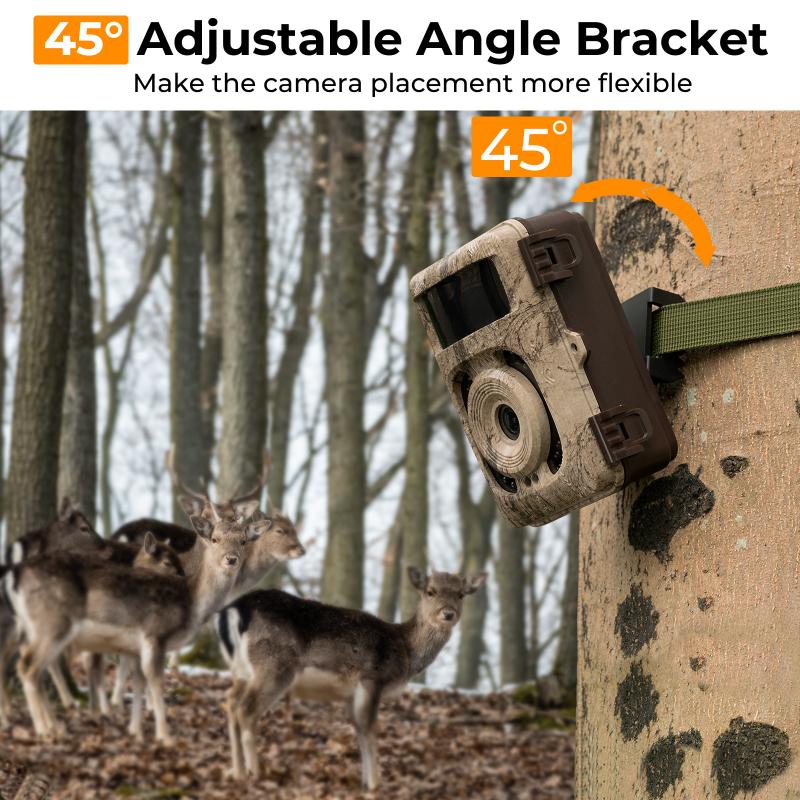
Related technologies:
1. Wireless Connectivity: Remote access trail cameras are equipped with wireless connectivity options such as Wi-Fi, Bluetooth, and cellular networks. This allows users to remotely access the camera's footage and settings from their smartphones or computers.
2. Cloud Storage: Many remote access trail cameras offer cloud storage options, which allow users to store their footage securely online. This eliminates the need for physical storage devices and makes it easier to access and share footage.
3. Motion Detection: Remote access trail cameras are equipped with advanced motion detection technology that can detect even the slightest movements. This ensures that users are alerted to any activity in the camera's field of view.
4. Night Vision: Many remote access trail cameras are equipped with infrared night vision technology, which allows them to capture clear footage even in complete darkness. This is particularly useful for wildlife monitoring and surveillance applications.
5. High-Resolution Imaging: Remote access trail cameras are capable of capturing high-resolution images and videos, which allows users to see even the smallest details in their footage. This is particularly useful for wildlife monitoring and scientific research applications.
6. Mobile App Integration: Many remote access trail cameras come with mobile apps that allow users to control the camera's settings and view footage from their smartphones or tablets. This makes it easier to monitor the camera's activity and adjust its settings as needed.

Maintenance:
1. Regularly clean the camera lens and housing: As a remote access trail camera is often placed in outdoor environments, it is important to regularly clean the camera lens and housing to prevent dirt, dust, and debris from accumulating and affecting the camera's performance. Use a soft, dry cloth to gently wipe the lens and housing, and avoid using any harsh chemicals or abrasive materials that could scratch or damage the camera.
2. Check the battery life and power source: Since remote access trail cameras are often placed in remote locations, it is important to regularly check the battery life and power source to ensure that the camera is functioning properly. Make sure to use high-quality batteries or a reliable power source, and consider investing in a solar panel or external battery pack to extend the camera's battery life.
3. Test the camera's connectivity: As a remote access trail camera relies on wireless connectivity to transmit images and data, it is important to regularly test the camera's connectivity to ensure that it is working properly. Check the camera's signal strength and make sure that it is properly connected to the network or cellular service.
4. Update the camera's firmware: To ensure that the camera is operating at its best, it is important to regularly update the camera's firmware. Firmware updates can improve the camera's performance, fix bugs and glitches, and add new features and functionality. Check the manufacturer's website for firmware updates and follow the instructions carefully to ensure a successful update.
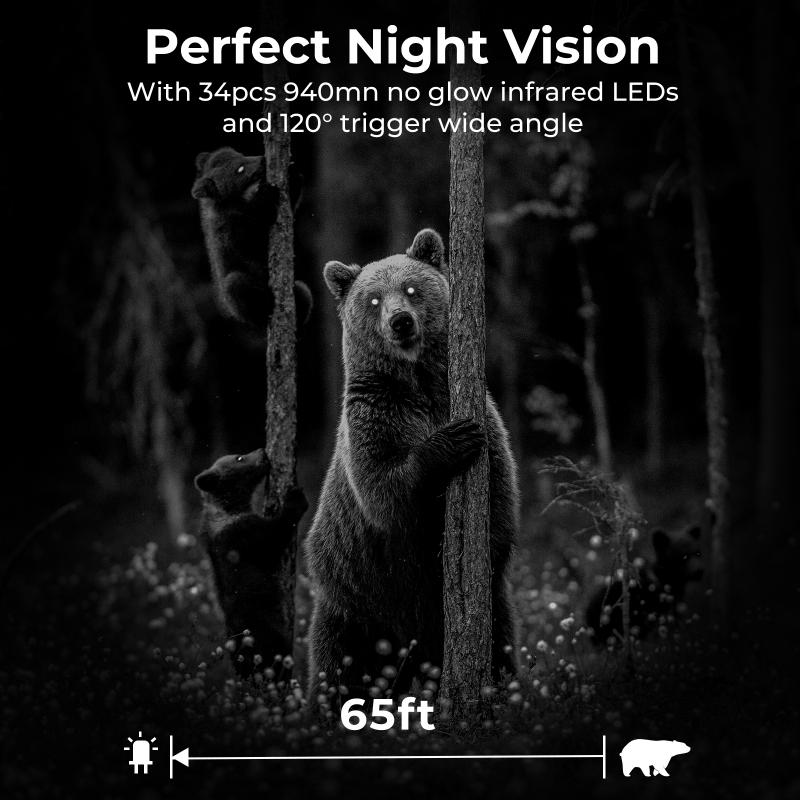
Product parameters:
Lens : f=4.0mm F/NO=2.0 FOV=90°
3-Pod Interface : 1/4" standard interface
Net weight : 727g
Infrared filter unit : Fully automatic
Thermal IR Sensitivity : 65ft/20m
Number of consecutive shots : 1 shot in a row, 2 shots in a row, 3 shots in a row, 10 shots in a row
Time watermark function : Support
Monitoring period setting : 0-24 hours
Sleep current : about 0.20mA
Working mode : Photo + Video
- All Reviews
- Image

